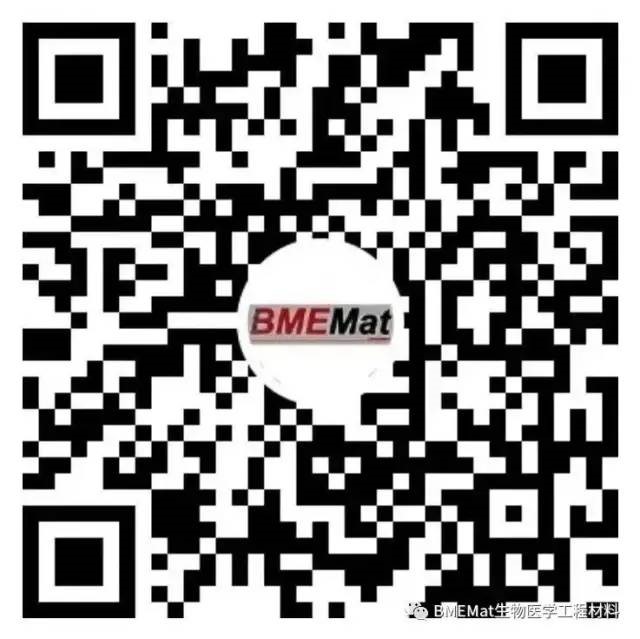一、讲座题目
Geometry-mediated Collective Cell Migration
二、主讲人
夏焜 教授(新加坡南洋理工大学)
三、报告时间
11月17日(星期五)16:00-17:00
四、报告摘要
Collective migration of cells in response to their extra-cellular matrix (ECM) is a complex and fascinating phenomenon. Biologists mostly focus their attention on the effects of biological and biochemical environment. Effects of physical environments, such as material stiffness and geometrical patterns, are only examined recently by researchers working in biomechanics and mechanobiology. The objectives of these studies are to reveal the mechanisms governing the collective cells motion and to identify the key driving forces. In this talk, I will present our recent work on this topic. Specifically, I will discuss three studies of collective cell migration: MCF cells in response to stiffness gradient; C2C12 cell alignment in response to surface grooves; and MDCK cells in response to non-cell-adhesive surface patterns. All three examples have one theme in common, they all involve creating waviness on the ECM, albeit in different ways. Several important geometric parameters such as radius of curvature and size/wavelength of the waviness are highlighted. We focus on the effects of cell-matrix interactions vs. cell-cell interactions. The understanding gained from these studies has profound implications including, but not limited to, tubular construct formation in breast cells (MCF), muscle strip formation through cell alignment (C2C12), and wound healing efficiency by re-epithelialization (MDCK). I will spend more time to discuss the wound healing project to showcase some fascinating observations and their implications. The mechanobiological understanding of cell responses to their physical environment will help guide development ofbiophysical strategies for tissue repair, plastic surgery, andwound management.
五、主讲人简介
夏焜(K. Jimmy Hsia),新加坡南洋理工大学校长讲席教授,美国科学促进会(AAAS)、美国机械工程师学会(ASME)和美国医学与生物工程学院(AIMBE)Fellow。曾任新加坡南洋理工大学副校长、新加坡南洋理工大学研究生院创院院长、美国卡内基梅隆大学副教务长、伊利诺伊大学厄巴纳-香槟分校助理副校长、美国国家科学基金会(NSF)纳米和生物力学计划的创始主任等职务。主要从事应用力学领域的研究,包括但不限于材料失效与断裂、软材料与软体机器人、材料的微纳米尺度力学行为和微纳技术、生物系统中的力学行为、生物医学器械的开发和应用等。
六、参会方式
扫码观看直播(BMEMat《生物医学工程材料(英文)》期刊)
